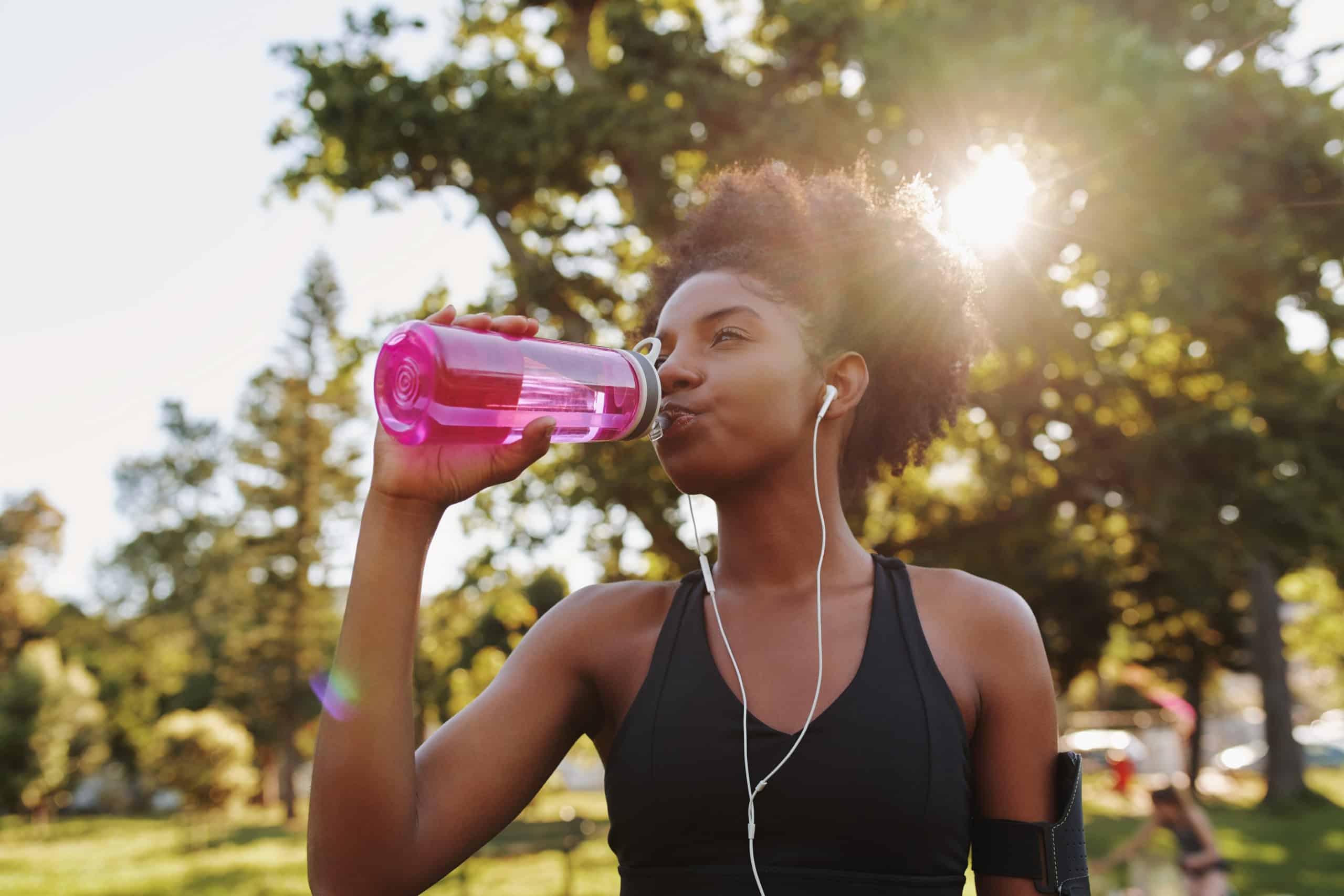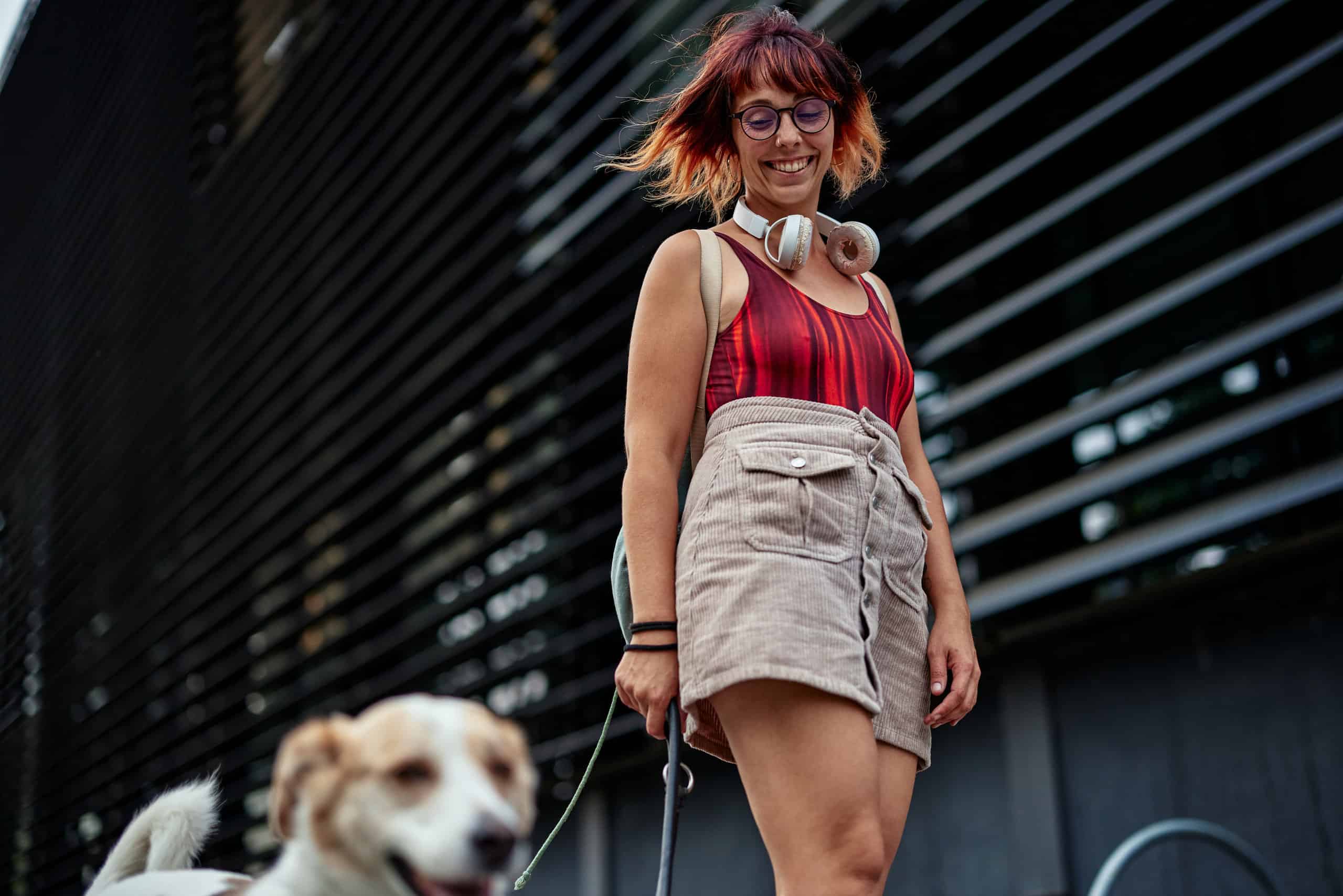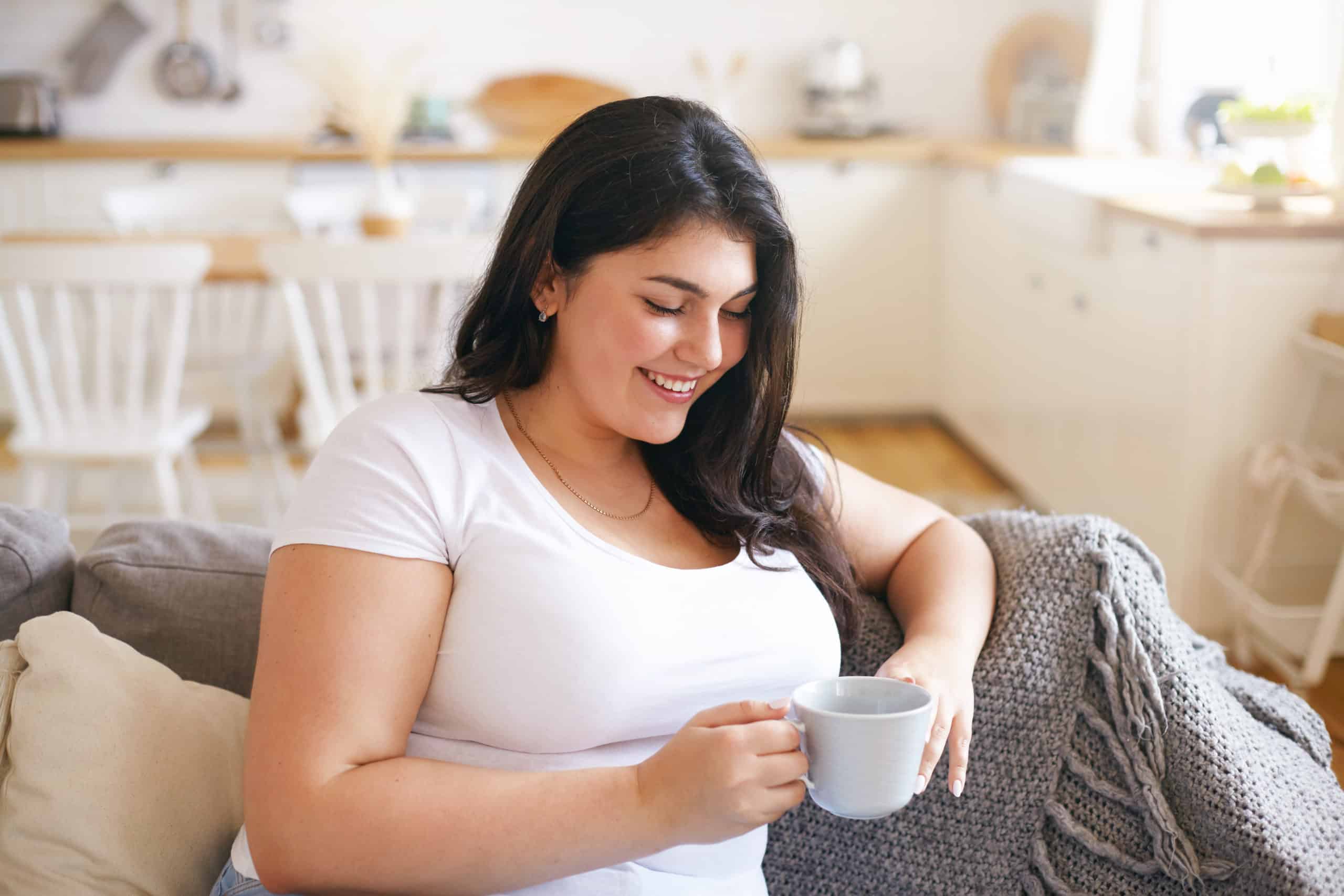- Technically, you can eat anything during your intermittent fasting eating period—but what you eat depends on your wellness goals.
- Avoid eating or drinking any calories during your fasting window to stay in a fasted state.
- Lean proteins, high-fiber foods, and complex carbs can help you feel fuller longer throughout the day.
There’s conflicting advice out there on what to eat during intermittent fasting. Some people say you can eat and drink whatever you want and still lose weight, while others advise that you stick with healthy choices.
So, what really works? It depends on the health goals you’re aiming for—whether that’s losing weight or just feeling better overall.
We spoke with Noom Weight coach Kendra Gutschow, RDN (registered dietitian nutritionist), to learn more about what to eat during intermittent fasting and get answers to your most common food and drink questions.
Note: Consult with your medical provider before making dietary changes.
This is Chapter 2 of Noom's Guide to Intermittent Fasting:
- Empowering Your Wellness Journey: Exciting Updates to Noom
- The Noom Kitchen Cookbook: Healthy Living Secrets
- Intermittent fasting: The complete guide for beginners
- What to eat and drink during intermittent fasting: A complete guide + FAQs
- Intermittent fasting for weight loss
- Intermittent fasting for women: Expert answers to your top questions
- Does Noom work with intermittent fasting?
FAQs: What can you eat and drink during your fasting window?
Intermittent fasting is made up of two alternating time blocks called eating and fasting windows. During your eating window, you can eat and drink—while during your fasting window, you avoid consuming any calories.
To understand what to eat or drink, it’s helpful to have a little background (feel free to skip ahead if you already know this.) The thinking behind intermittent fasting is that it may help your body tap into fat stores for energy during fasting periods.
When glucose from food isn’t available, research suggests your body switches to stored fat for fuel, which helps you drop weight. This process is called a “lipolysis response.”
Your body makes glucose from all foods, including carbs, fat, and protein. If you have calories during your fasting window, your body uses the glucose created as your main source of fuel and doesn’t trigger the fat-burning lipolysis response.
Can you drink water while intermittent fasting?
Yes, while intermittent fasting, you can drink water during your fasting window because it has zero calories.
In fact, staying hydrated is very important while on an intermittent fasting plan. Water (or water with a zesty lemon wedge) can be your best friend during a fasting window.
Water is one of the most critical nutrients for your body, and it may help you reduce your calorie intake by boosting feelings of fullness. It’s common, however, to get a bit bored of drinking water, so people often look for other things to drink.
Watch a video tip from one of our Noom coaches about how to make drinking water less boring.
Can I drink coffee while intermittent fasting?
Yes. Gutschow gives the green light on plain black coffee. In fact, some research indicates caffeine may help to curb your appetite and make you feel full longer.
How much coffee can you drink while fasting? One study suggests that having 200 milligrams of caffeine per day (about two cups of coffee) is probably fine for healthy adults who are intermittent fasting. Going over 400 milligrams (about four cups) is not recommended by the research.
Keep in mind, however, we’re all different. Caffeine may not be right for you if you’re sensitive to it, are pregnant or nursing, or have any chronic health conditions.
Always check with your dietician or doctor before making any dietary changes.
Can I have cream with my coffee while intermittent fasting?
There’s a lot of debate about whether a small amount of cream in your coffee is okay during a fasting window.
Some say that any amount of calories breaks your fast. So if staying in a completely fasted state is vital to you, it’s best to avoid cream or coffee additives with calories altogether.
Remember, it’s the fasted state that’s thought to trigger that fat-burning lipolysis response and other benefits in your body.
But, if you find your morning coffee just isn’t the same without cream, Gutschow is flexible. While the cream does have the potential to affect your fasted state, she says a small amount of cream is acceptable with coffee.
Can I drink zero-calorie drinks during intermittent fasting?
Calorie and sugar-free drinks, like unsweetened tea, seltzer water, or diet drinks, are okay during fasting windows, per Gutschow.
Because these drinks don’t contain calories or sugar, they don’t provide your body glucose to use for energy. As a result, your fast isn’t interrupted, and your body can continue to use fat stores for fuel.
If you enjoy sipping on tea, be sure to stick to plain tea bags. Some varieties, like Yerba Mate, may have extra ingredients and calories.
Also be aware that many store-bought drinks are full of added sugar (and therefore calories). Check food labels carefully.
FAQs: What can you eat and drink during your eating window?
Intermittent fasting is based on when you eat instead of what you eat, so you might be wondering which foods will best support your intermittent fasting journey.
Ultimately, research indicates that intermittent fasting works best for weight loss and overall health when you also aim to eat a healthy diet.
Gutschow answers a few common questions and shares which foods will keep you feeling satisfied throughout your eating window.
Can you eat and drink anything you want during your eating windows?
Technically, yes, you can eat and drink what you want during your eating windows.
Gutschow tells people that no foods or drinks are off limits during your eating window, but she doesn’t recommend abandoning healthy eating. Research shows a high-quality, nutritious diet is still important for overall health benefits.
Ultimately, you should eat and drink according to your personal goals, though.
If you want to lose weight with intermittent fasting, for example, you’ll need to be in a caloric deficit—meaning you burn more calories than you eat. If you prefer to maintain your weight and not aim for a calorie deficit all the time, you can do that, too.
Which foods will help me feel full longer?
When you’re intermittent fasting, the last thing you want is to feel hungry all the time, so you should eat foods that keep you feeling full and satisfied. According to research, certain foods boost satiety—like lean protein, low-fat dairy, and legumes.
Gutschow recommends eating a combination of whole grains, high-fiber carbs, and a protein source to slow down digestion and provide sustained energy. And don’t forget to stay hydrated—remember that water can also help you feel full.
Here’s a bulleted list of foods that can help you feel more full.
- Lean proteins: Research suggests proteins may help you feel full, build muscle mass, and prevent weight regain. Some examples include chicken breast, fish, or tofu.
- Healthy fats: Fats usually get a bad rap, but the healthy ones (like monounsaturated and polyunsaturated fats) are essential for overall health. In addition, research points out they can help boost satiety by slowing digestion. Sources include avocados, olive oil, seeds, nuts, and dark chocolate.
- Whole grains: In addition to providing carbohydrates for energy, an umbrella review suggests that whole grains may boost health by helping to prevent type 2 diabetes, certain cancers, and heart disease. Think whole grain breads and pastas, quinoa, wild rice, barley, and rolled oats.
- Fruits: Evidence from research studies suggests that fruit fiber slows down digestion and helps to regulate your appetite, which means you may feel less hungry while fasting. Consider options like bananas, apples, figs, cherries, and peaches.
- Legumes and beans: Beans and legumes are great options for healthy carbohydrates. Research shows these healthy carbs contain B vitamins, magnesium, zinc, copper, and iron. Black beans, in particular, may help boost feelings of fullness due to their high fiber content. Lentils, edamame, and kidney beans are also excellent options.
When choosing foods, Gutschow recommends aiming for variety and an overall healthy diet (with some room for treats).
What foods should I avoid during my eating window?
As we mentioned, you can technically eat anything during your fasting window. Intermittent fasting is an eating pattern, not a diet—and at Noom Weight, we believe all foods are okay in moderation.
But some foods will help you feel more satisfied than others. Gutschow recommends limiting highly processed, sugary, and fried foods to make room for the nutrient-dense options listed above.
Avoid stress by planning what to eat during intermittent fasting
Gutschow leaves us with a final piece of advice on how to eat during intermittent fasting: planning is key.
In the early days of an intermittent fasting lifestyle, she says some people may find it helpful to pre-plan or log meals to keep themselves on track. Planning what you eat can also help you make easy, no-stress decisions when hunger strikes.
Want to learn more about planning ahead for intermittent fasting? A program like Noom Weight can help. Check out our Noom for intermittent fasting guide to learn more.





